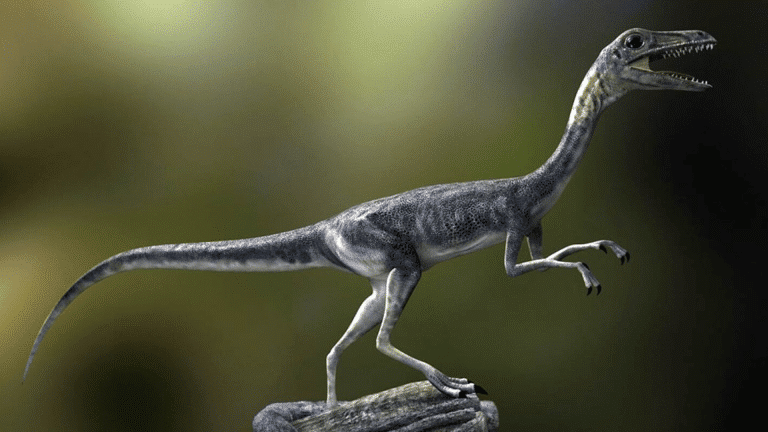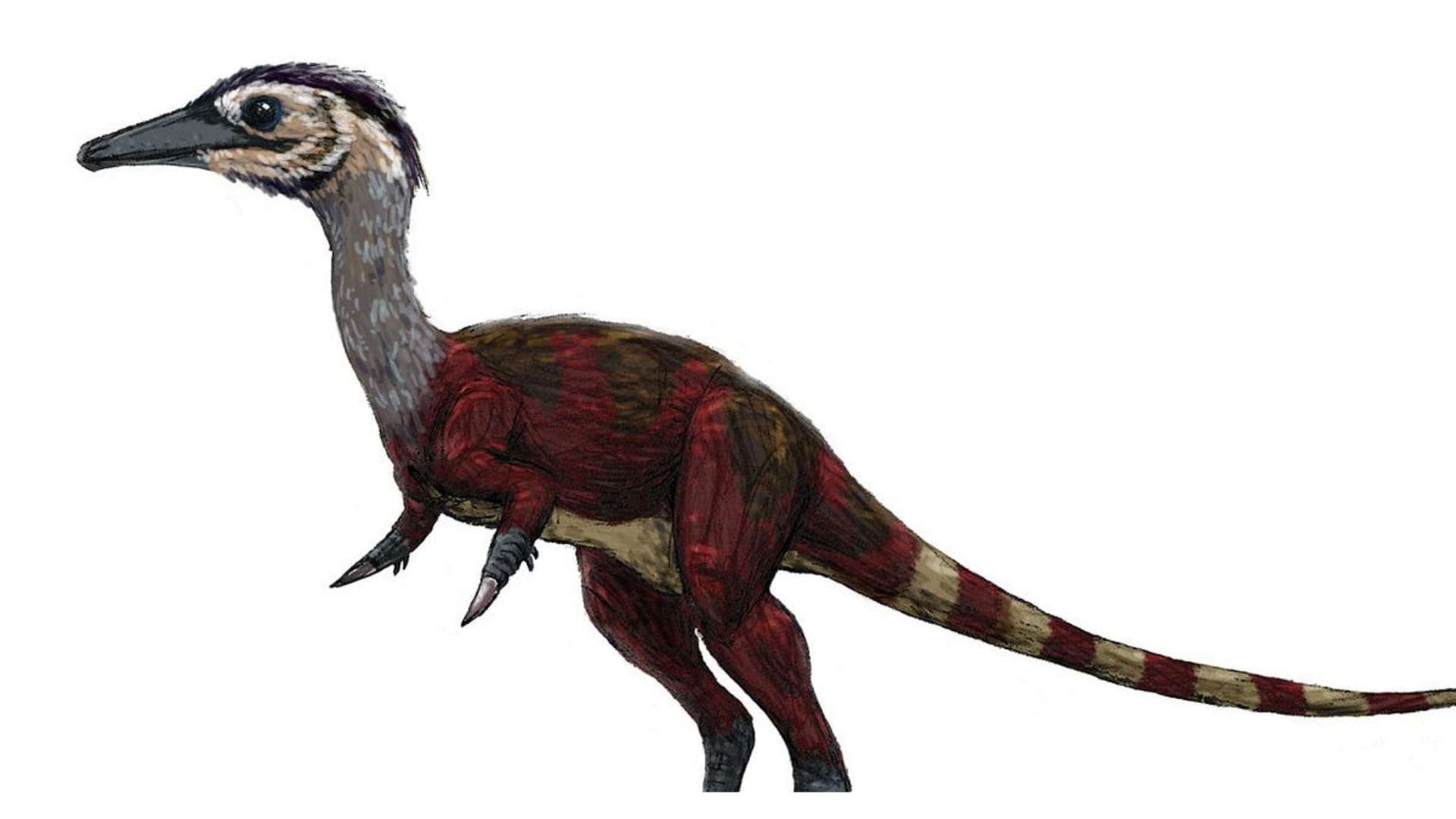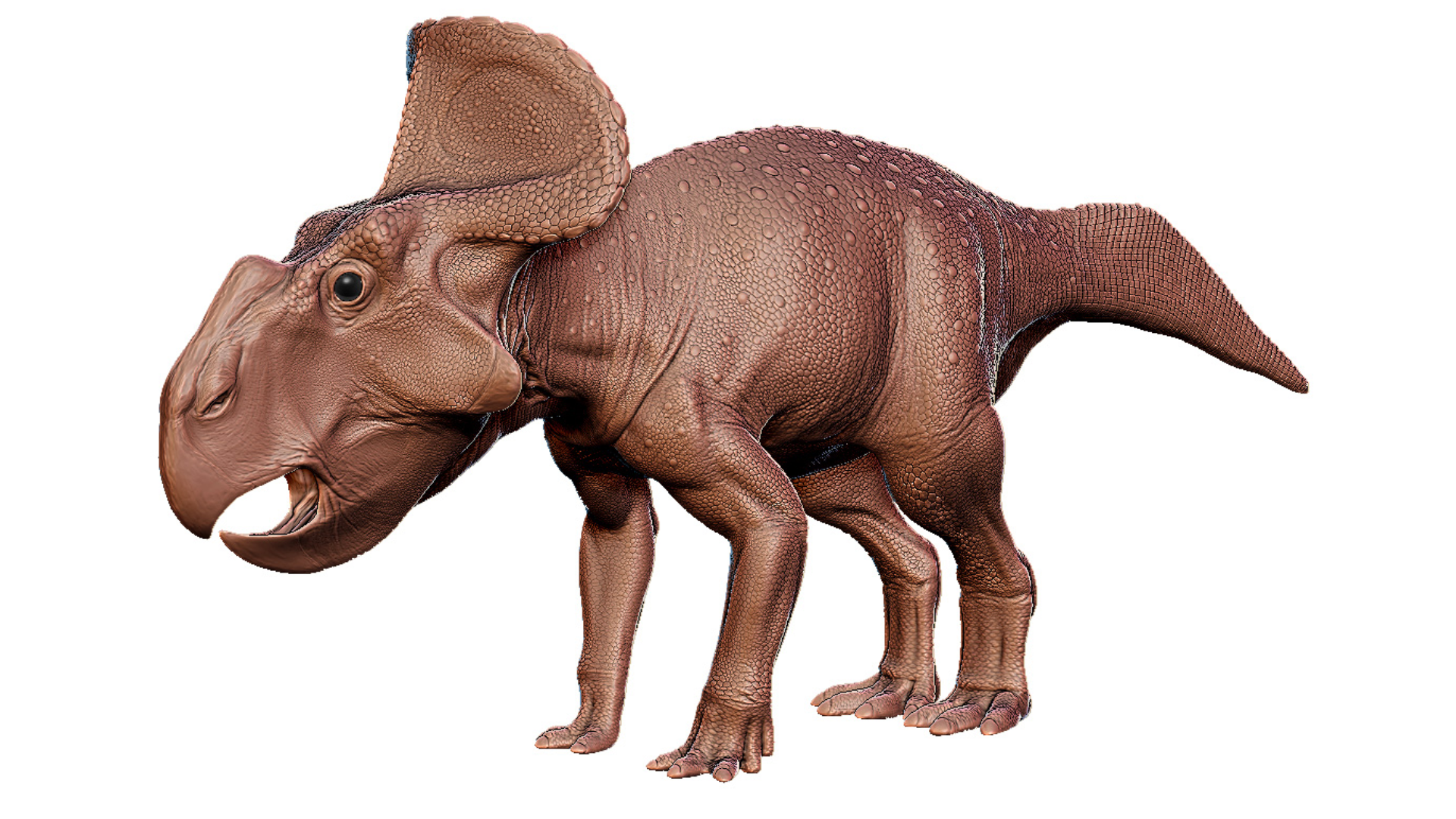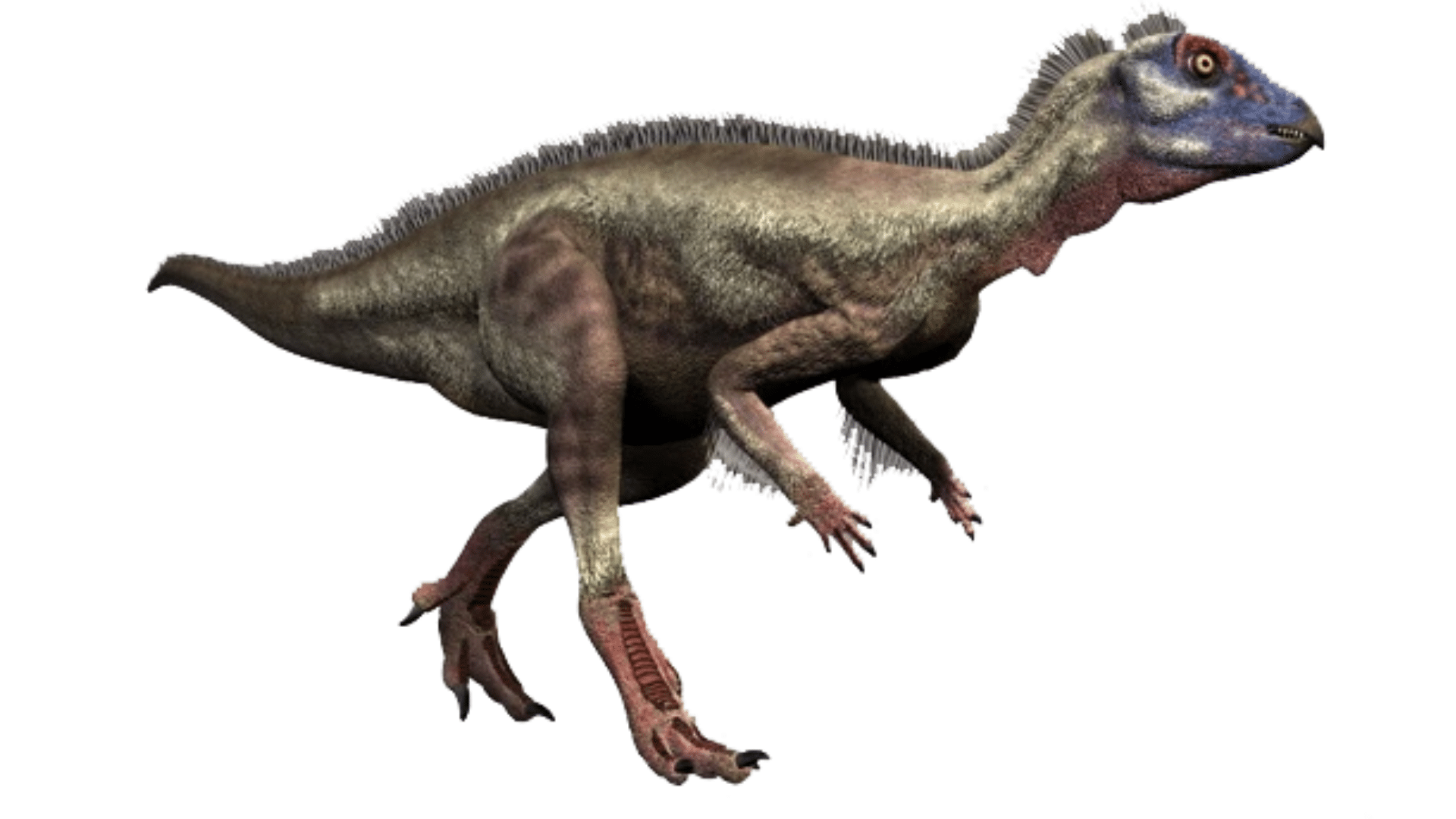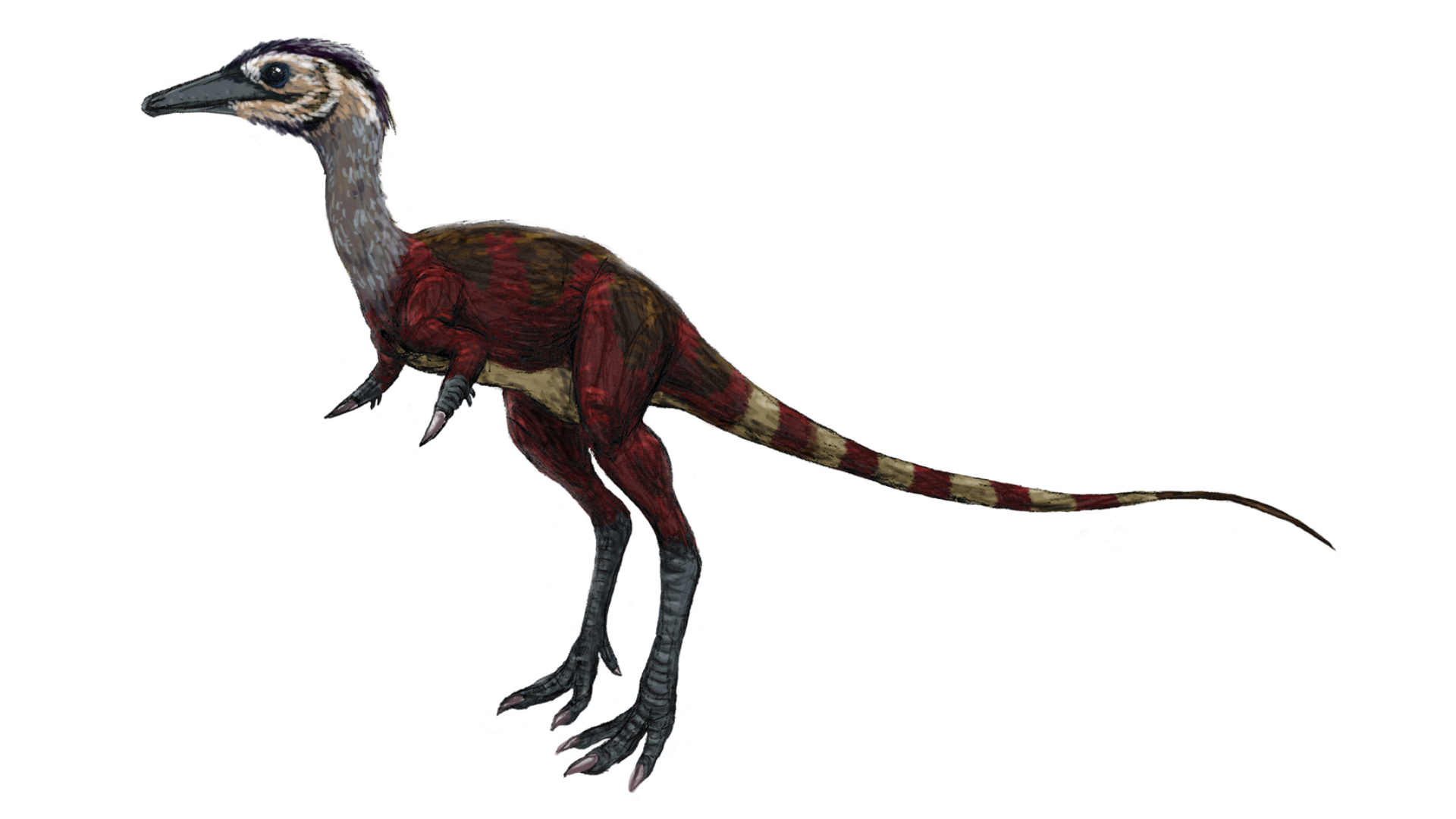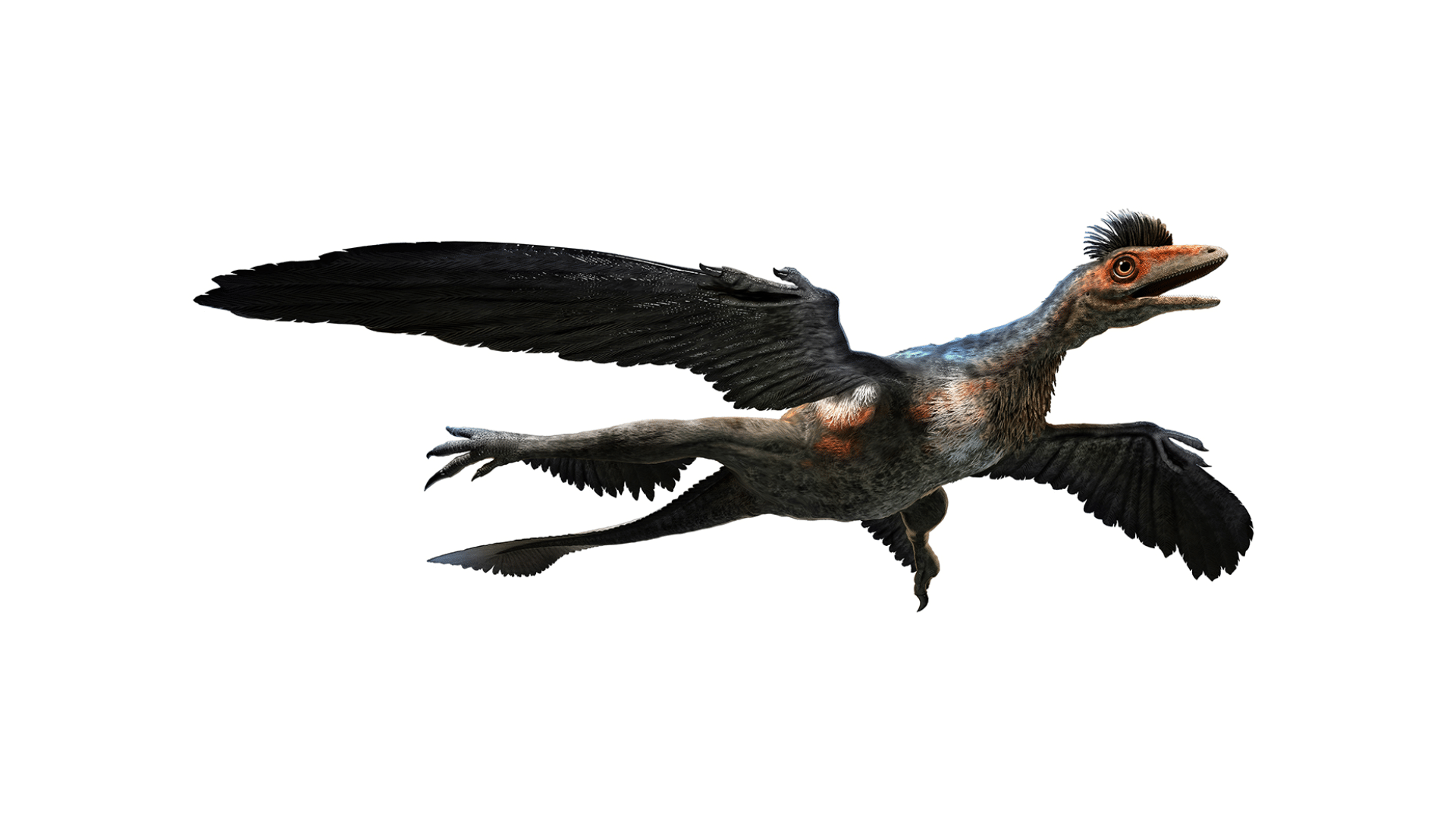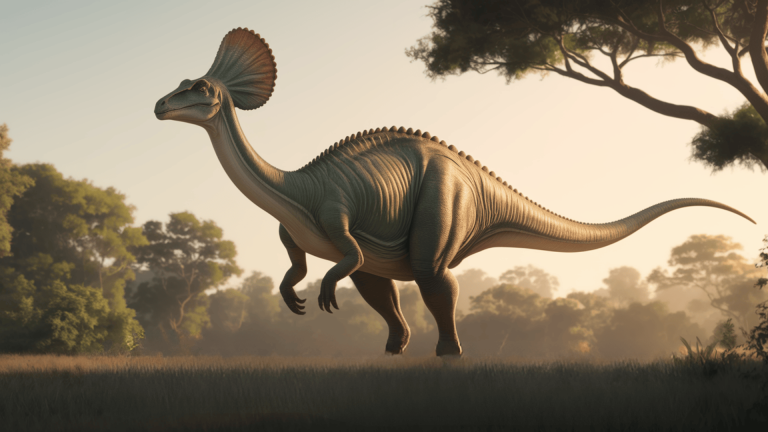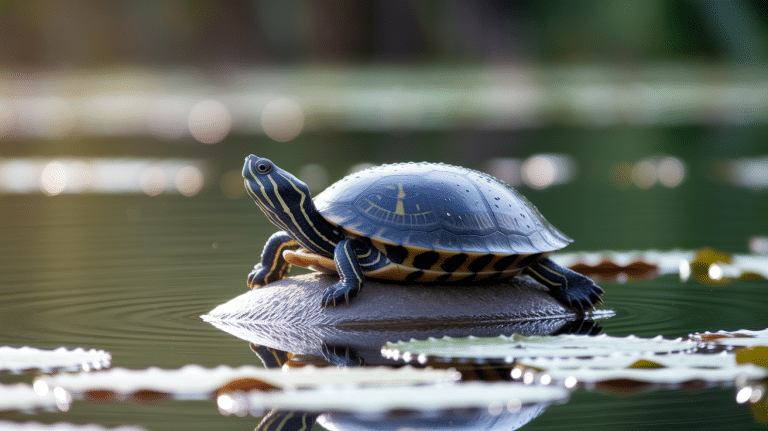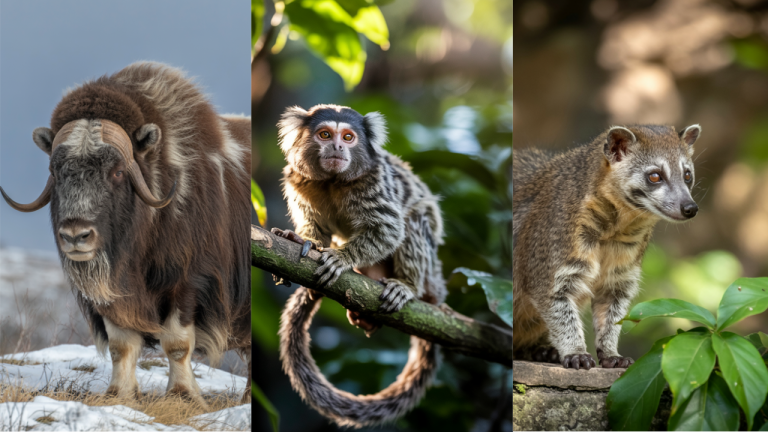Ever wondered what a chicken-sized dinosaur looked like? While T. rex and Brontosaurus get all the spotlight, their smaller cousins often go unnoticed.
These mini prehistoric creatures packed a lot of personality into their small frames. Some were no bigger than modern birds, yet they survived in a world of giants.
The smallest dinosaurs weren’t just scaled-down versions of the big ones – they had unique features that helped them thrive.
From feathered little hunters to tiny plant-eaters, these small wonders reveal a great deal about how dinosaurs truly lived.
Ready to meet some pint-sized prehistoric pals that might change how you think about dinosaurs? Let’s look at ten tiny dinos that prove bigger isn’t always better.
What Defines a Small Dinosaur?
Small dinosaurs are significantly smaller than some giant species, like T. rex or Brachiosaurus. These dinosaurs were often agile and lightweight, which helped them thrive in their respective environments.
-
Weight: Small dinosaurs typically weighed under 100 kilograms (220 pounds), much lighter than massive dinosaurs that could reach several tons.
-
Length: Most small dinosaurs ranged from 1 to 5 meters (3 to 16 feet) in length, compared to the colossal lengths of species like the Brachiosaurus, which reached over 25 meters (82 feet).
-
Height: Their height generally stayed under 2 meters (6.5 feet) at the shoulder, far shorter than the towering T. rex or sauropods.
-
Agility: Due to their smaller size, they were often faster and more nimble, which was an advantage for hunting smaller prey or evading predators.
-
Diet: Many small dinosaurs were omnivores or herbivores, often feeding on plants or smaller animals, in contrast to the larger carnivores that required massive amounts of food.
Top Smallest Dinosaurs
While massive dinosaurs like T. rex often dominate our imagination, it’s the tiny titans of prehistory that reveal some of nature’s most engaging adaptations and survival strategies.
1. Compsognathus
Compsognathus was a small, agile carnivorous dinosaur that lived during the Late Jurassic period in Europe.
It was around 1 meter in length and preyed on small vertebrates and insects. Its lightweight build and quick movements made it a skilled predator.
-
Family: Compsognathidae
-
Found in: Europe (Germany and France)
-
Diet: Carnivore (small vertebrates, insects)
-
Height: Around 1 meter (3.3 feet)
2. Microceratus
Microceratus was a herbivorous dinosaur from the Late Cretaceous found in Mongolia.
It was a small, plant-eating dinosaur that lived in herds and was approximately 1 meter tall. Its small size allowed it to be quick and agile while foraging for plants.
-
Family: Hypsilophodontidae
-
Found in: Mongolia
-
Diet: Herbivore
-
Height: 1 meter (approx.)
3. Parvicursor
Parvicursor, an insectivorous dinosaur from North America, was a small, lightweight creature, possibly around 30 cm at the hip.
It lived during the Late Cretaceous and had long legs for speed. Its size suggests it was an excellent runner, avoiding predators.
-
Family: Alvarezsauridae
-
Found in: North America (Late Cretaceous)
-
Diet: Insectivore
-
Height: Likely about 30 cm at the hip
4. Protoceratops
Protoceratops was an herbivorous dinosaur from Mongolia, known for its distinctive frill and beak-like mouth.
It stood about 2 to 3 feet tall and lived in the Late Cretaceous period. Its frill may have been used for display or protection from predators.
-
Family: Ceratopsidae
-
Found in: Mongolia
-
Diet: Herbivore
-
Height: 2–3 feet
5. Hypsilophodon
A small, herbivorous dinosaur from the Late Jurassic, Hypsilophodon was found in Europe.
It stood about 1 meter tall and was adapted for running, grazing on plants in forests. Its long legs and lightweight body made it one of the fastest dinosaurs of its size.
-
Family: Hypsilophodontidae
-
Found in: Europe (mainly in the United Kingdom)
-
Diet: Herbivore
-
Height: Approximately 1 meter (3.3 feet) tall at the hips
6. Eoraptor
One of the earliest dinosaurs, Eoraptor was a small carnivore from Argentina that fed on insects and small vertebrates.
It stood around 0.5 meters tall and lived in the Triassic period. Its generalist diet and adaptability made it one of the most primitive dinosaur species.
-
Family: Eoraptoridae
-
Found in: Argentina
-
Diet: Carnivore (likely insectivore and small vertebrates)
-
Height: Approx. 0.5 meters (1.6 feet)
7. Shuvuuia
Shuvuuia, an insectivorous dinosaur from Mongolia, was a small and fast species.
It measured around 30–40 cm tall and had specialized features for catching insects. Its long legs and sharp claws helped it hunt in the desert environments it inhabited.
-
Family: Alvarezsauridae
-
Found in: Mongolia
-
Diet: Insectivore
-
Height: Estimated at 30-40 cm (1-1.3 feet)
8. Bambiraptor
Bambiraptor was a small, carnivorous dinosaur from North America, closely related to dromaeosaurs.
It was about 1 foot tall and likely hunted small vertebrates and insects. Its large eyes and agile limbs suggest it was an efficient predator, possibly even nocturnal.
-
Family: Dromaeosauridae
-
Found in: North America
-
Diet: Carnivore (small vertebrates and insects)
-
Height: Approximately 1 foot (0.3 meters)
9. Microraptor
Microraptor, a small carnivorous dinosaur from China, had feathers and was capable of gliding.
At around 1 foot in height, it hunted small vertebrates and insects in the trees. Its unique four-winged body structure suggests it was capable of short flights or glides.
-
Family: Dromaeosauridae
-
Found in: China
-
Diet: Carnivorous (insects, small vertebrates)
-
Height: Around 1 foot (0.3 meters)
10. Ornitholestes
A fast and agile carnivore, Ornitholestes lived during the Late Jurassic in North America.
About 1 meter tall, it hunted small vertebrates and insects in the forested areas of Wyoming and Utah. Its slim, elongated body and sharp teeth made it a highly effective predator.
-
Family: Alvarezsauridae
-
Found in: North America (mainly in Wyoming and Utah, USA)
-
Diet: Carnivorous (small vertebrates and insects)
-
Height: Approximately 1 meter (3.3 feet) at the hip
What Was the Role of Small Dinosaurs in Their Ecosystems?
Small dinosaurs played crucial roles in the ecosystems they inhabited, contributing to the balance of their environments.
Their interactions as both predators and prey helped shape the structure and dynamics of ancient ecosystems.
-
Prey for Larger Dinosaurs: Small dinosaurs supported the food web by feeding on larger predators. For example, theropods preyed on Hypsilophodon.
-
Agile Hunters: Dinosaurs like Compsognathus were fast hunters, controlling populations of small animals and insects.
-
Seed and Plant Dispersers: Herbivores like Protoceratops helped disperse seeds and plants, supporting plant biodiversity.
-
Niche Occupation: Small dinosaurs filled specific roles, such as hunting in underbrush or grazing on plants, maintaining ecosystem diversity.
-
Competition for Resources: Small dinosaurs competed for food and territory, influencing species dynamics.
-
Ecological Balance: Small dinosaurs helped maintain balance between predators and prey, preventing overpopulation and extinction.
Conclusion: Tiny Titans of the Past
So there you have the smallest dinosaurs that once scurried beneath the feet of their massive cousins. It’s pretty cool to think these little guys shared the same world as T Rex, right?
These pint-sized prehistoric creatures remind us that not everything in the dinosaur world was about being big and scary. Sometimes, the most interesting stories come in the smallest packages.
Next time you spot a bird in your backyard, remember you’re looking at a distant relative of these mini dinosaurs. The dinosaur world is closer than you think!
What other tiny dinosaurs would you add to this list? Drop a comment below and share which pint-sized prehistoric creature surprised you the most.

